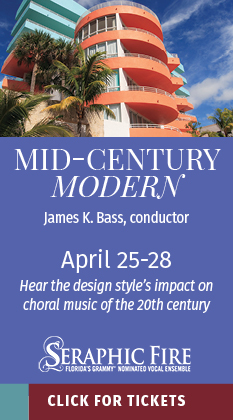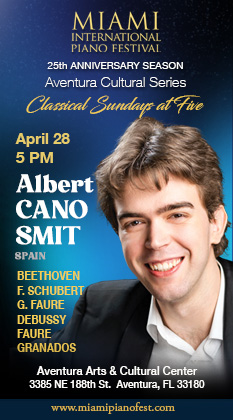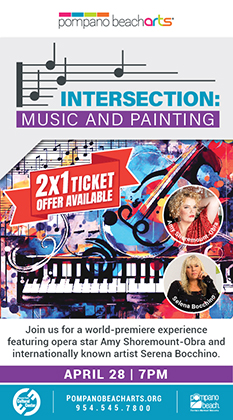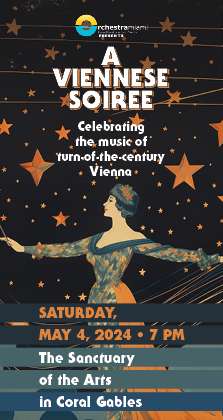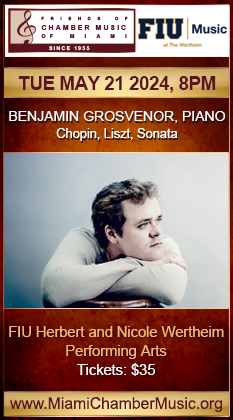Jordi Savall hosts a Jacobean program at Baroque festival
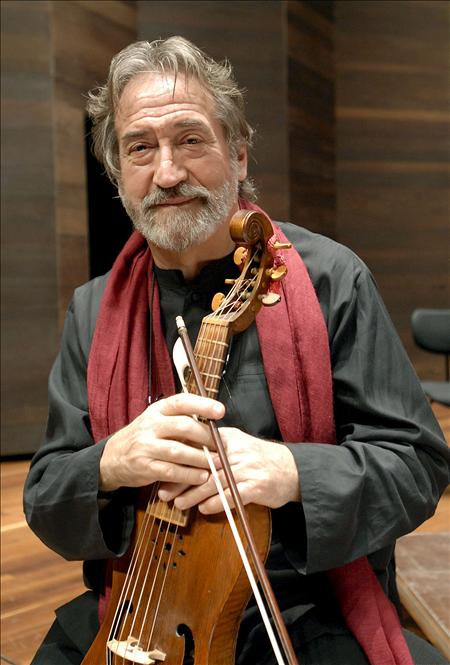
Jordi Savall hosted a program of Shakespeare-inspired music Wednesday night at Miami Beach Community Church.
Early music superstar Jordi Savall, talented musicians from the Juilliard School and the poetry and drama of William Shakespeare formed the recipe for a fast-paced evening of “Jacobean Masque and Stage Music” on Wednesday night as part of the Tropical Baroque Festival, presented by the Miami Bach Society.
While Coral Gables has been the festival’s principal venue, this year’s edition features a weeklong series of performances at Miami Beach Community Church.
Robert Johnson was the only one of the featured composers who actually worked with Shakespeare. Johnson’s music for The Winter’s Tale is wonderfully melodic and ceremonial. Opening with a stirring brass and percussion fanfare, the dance sections are filled with lively tunes of a decisively British accent. Utilizing the harpsichord as a rhythmic instrument, the score features brilliant flourishes from the percussion contingent. Fusing Johnson’s music for Masque of Oberon and The Witch, one of the witches’ scenes from Macbeth was juxtaposed with a rustic Pilgrim’s Dance and a surprisingly modernist Witches’ Dance. The jarring dissonances and sudden solo harpsichord interjections mark Johnson as a composer of daring originality for his era.
The Johnson pieces were the only works that featured Savall’s mastery on the viola da gamba. That signature tangy sonority served both the elegance of a courant and the agile country fiddling of the Scottish Dance, Savall’s playing intimately scaled and nuanced. In contrast, the twenty-two piece ensemble exhibited uninhibited energy and raw, vital corporate sound.
Taking its name from the accepted Baroque era pitch, Juilliard 415, the conservatory’s flagship Baroque performance group, has worked extensively with such period instrument specialists as William Christie, Harry Bicket and Christopher Hogwood. Concertmaster Manfredo Kraemer led the strings. These enthusiastic young musicians produced warm tone and unified, incisive ensemble playing with gut strings and Baroque bows. Timothy Will and Caleb Hudson were stalwart exponents of the valveless trumpet, their sound gleaming and intonation flawless.
Taking the podium, Savall led highlights from Matthew Locke’s score for The Tempest. More formal and conservative, a folksy minuet and gavotte were the most appealing of Locke’s pieces. Savall’s leadership and the group’s invigorating playing made Locke’s music sound considerably more inventive than it actually was.
Turning to A Midsummer Night’s Dream, Henry Purcell’s score for the 1692 extravaganza The Fairy Queen is the work of a master, replete with melodic ingenuity and festive dance rhythms. The poetic language of the Oberon-Titania scene from the play’s second act was matched by the effervescence and lightness of Purcell’s dances. The Echo segment between trumpet and recorder (with cello, bass, therbo and harpsichord continuo) was but one of Purcell’s striking instrumental felicities. Kraemer’s brilliant, vibratoless solos sparked the strings’ vibrant, unforced lightness of touch.
Seven actors from Juilliard Group 45, prepared by the drama department’s Wendy Waterman, played the various Shakespeare characters. Jasminn Johnson as narrator, Paton Ashbrook as Titania and a witch and Jimmie Jeter portraying a series of character roles were standouts in a seamless fusion of music and drama.
Posted in Performances
Leave a Comment
Thu Feb 27, 2014
at 11:58 am
No Comments
